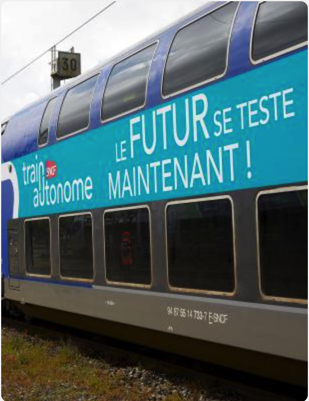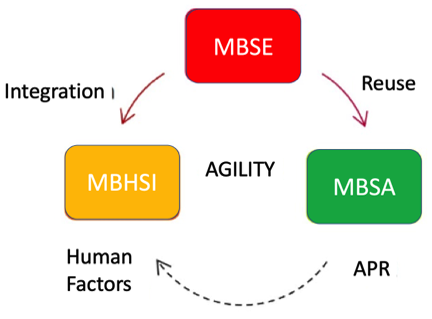Collaboration CentraleSupelec-SNCF
Collaboration FlexTech-RRSC (Risk and Resilience of Complex Systems)
Model-Based Human System Integration
Human in the loop Simulation
MBHSI4Rail
Model-Based Human System Integration for Rail
Objectives
Consider human factors (experience, workload, stress, etc.) and human functions by expanding MBSE modeling languages (e.g., SysML, Arcadia) and using task/process modeling languages (e.g., BPMN). Start with one use case (scenario): The driver regains control of the train and continues to drive manually when the ATO (Automatic Train Operation) disengages in GoA2 and generalizes the model thereafter.
Trace human aspects among different design layers using appropriate MBSE formalisms (e.g., Arcadia/Capella). Transform the description models into analytical models to integrate human factors in the model. Use Human-In-The-Loop Simulations to elicit human activity and consequently emerging cognitive functions.
Validate of use case models using level 1 measurement (e.g., heart rate, stress, workload); level 2 measurement based on situation awareness and decision-making (e.g., perception, comprehension and projection); and level 3 to evaluate the confidence level (e.g., trust and collaboration).
Validate the model by qualitative/quantitative risk analysis of use cases (extend MBSA from a human system integration perspective).


